- Home
- Articles
- Architectural Portfolio
- Architectral Presentation
- Inspirational Stories
- Architecture News
- Visualization
- BIM Industry
- Facade Design
- Parametric Design
- Career
- Landscape Architecture
- Construction
- Artificial Intelligence
- Sketching
- Design Softwares
- Diagrams
- Writing
- Architectural Tips
- Sustainability
- Courses
- Concept
- Technology
- History & Heritage
- Future of Architecture
- Guides & How-To
- Art & Culture
- Projects
- Interior Design
- Competitions
- Jobs
- Store
- Tools
- More
- Home
- Articles
- Architectural Portfolio
- Architectral Presentation
- Inspirational Stories
- Architecture News
- Visualization
- BIM Industry
- Facade Design
- Parametric Design
- Career
- Landscape Architecture
- Construction
- Artificial Intelligence
- Sketching
- Design Softwares
- Diagrams
- Writing
- Architectural Tips
- Sustainability
- Courses
- Concept
- Technology
- History & Heritage
- Future of Architecture
- Guides & How-To
- Art & Culture
- Projects
- Interior Design
- Competitions
- Jobs
- Store
- Tools
- More
How to Stage a House for an Architectural Portfolio Shoot
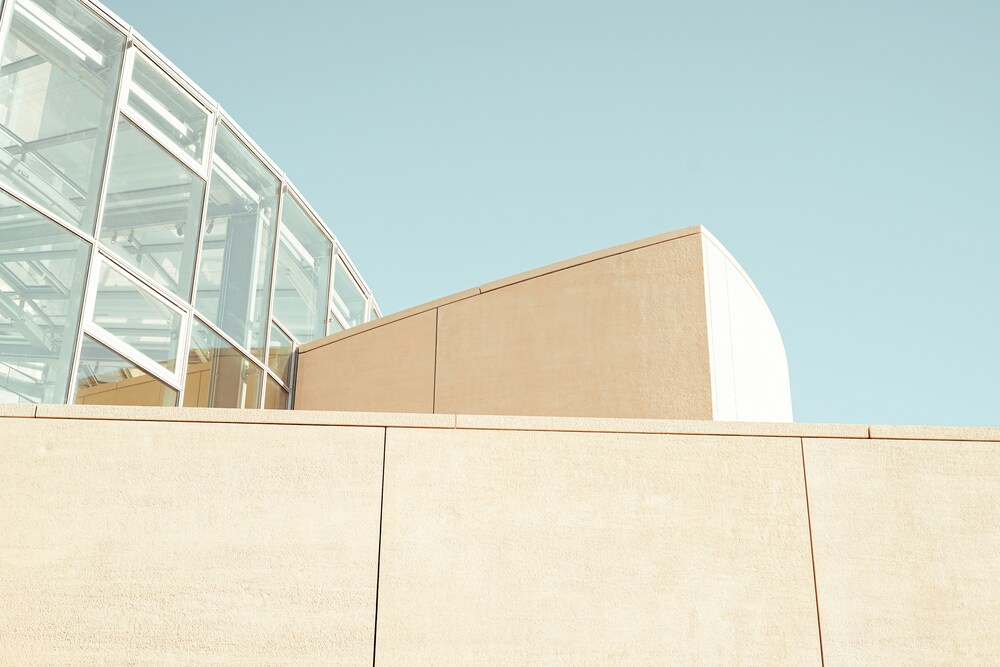
A house might look beautiful in person, but through a lens? That’s a whole different story. Whether you’re framing spaces for an architectural portfolio or trying to impress future buyers, how a home is staged can make or break your shot. Good design deserves great photos, and that magic starts well before the shutter clicks.
From clean lines to curated decor, every corner plays a role in visual storytelling. The goal isn’t just to photograph a home—it’s to capture a space that tells a story, feels lived in, and still looks effortlessly refined.
So if you’re wondering how to stage a house for photos without losing its soul, you’re exactly where you need to be.
We’ll share 7 expert-backed tips on how to stage a house for an Architectural Portfolio Shoot.
Table of Contents
Toggle1. Clear the Visual Clutter
Before you think about camera angles or lighting tricks, the first thing you should do is edit the space. Not with Photoshop, but by removing anything that doesn’t serve the shot. Visual clutter like tangled cords, stacks of magazines, or an overflowing bookshelf can pull attention away from the home’s architecture. When photographing for a portfolio, the space itself should be the subject.

Start with surfaces. Kitchen counters should be mostly bare, aside from maybe a bowl of fresh lemons or a sleek coffee maker. In living rooms, stash away remotes, cables, and unnecessary pillows. Bedrooms look best with clean nightstands and a single, neatly folded throw or accent cushion.
Even closets and open shelves matter. A cluttered storage space in a frame can break the illusion of a thoughtfully styled home. Temporary storage bins come in handy here and can keep things out of sight without leaving the space feeling empty or cold.
2. Deep Clean Every Surface
A polished space doesn’t just look good to the eye—it translates flawlessly in photos. Before a single shot is taken, deep cleaning is non-negotiable. Even the most stylish interior styling or curated accessories won’t stand out if they’re framed by dusty baseboards or smudged glass.
Windows are one of the most overlooked elements, yet they influence how natural light filters into a room. If they’re streaked or cloudy, the entire photo loses clarity. Mirrors, stainless-steel appliances, and glossy surfaces should be wiped down until they gleam. A high-resolution lens will capture every fingerprint and dust particle, so skip nothing.
Floors deserve equal attention, especially in shots meant to highlight clean lines and modern finishes. Vacuum carpets thoroughly and mop hard floors until they shine. Anyhow, if you’re preparing for a shoot and need help getting every detail just right, reliable services like Modern Maids can take care of the deep cleaning so you can focus on staging.
Even small repairs matter. A cracked tile or scuffed wall might seem minor, but it shows up prominently in portfolio photos. Fix what you can, clean what you must, and let the design speak for itself.
3. Maximize Natural Light
Nothing transforms a room quite like sunlight streaming through clean windows. For an architectural shoot, natural light does more than brighten a space. It brings depth, warmth, and a true-to-life feel that artificial lighting often can’t replicate.
Plan your shoot around the sun. Mid-morning or late afternoon often offers the softest and most flattering light, especially for interior styling. Harsh midday sun can cast unflattering shadows or blow out key design details, so timing matters more than you might think.
Window treatments can make or break your lighting setup. Heavy curtains block valuable light, so swap them out or pull them back fully. A clean windowpane is equally important, allowing more light to enter without distortion.
To brighten areas that don’t get much sun, use mirrors strategically. A well-placed mirror can bounce light into shadowy corners and enhance space definition, making rooms appear more open and airy in your portfolio photos.

4. Highlight Architectural Features with Strategic Furniture Placement
Every home has a standout feature worth showing off, and your furniture layout should help guide the viewer’s eye straight to it. Whether it’s an elegant staircase, exposed ceiling beams, or a custom-built bookshelf, thoughtful furniture placement helps frame these elements without stealing the spotlight.
In tighter rooms, choose smaller-scale pieces that won’t crowd the layout or block visual pathways. Oversized sofas or bulky chairs can make a space feel cramped, especially in photos where depth is already limited. Instead, go for clean-lined furniture that complements the room’s proportions.
Let architectural features breathe. Avoid placing tall pieces in front of windows or cluttering a view with unnecessary decor. In dining rooms, a simple centerpiece and neatly arranged table settings can draw attention without overwhelming the scene.
Flowers on an antique table or textured linens on a modern one can offer just enough style to support the overall aesthetic appeal without distracting from the architecture.
5. Create a Visual Flow Room to Room
Great architecture deserves a photo sequence that feels effortless from one room to the next. That sense of flow isn’t just about structure—it’s about how each space complements the one beside it. When rooms feel visually connected, your portfolio reads like a complete design story, not a patchwork of disconnected styles.
One way to build that connection is through subtle repetition. Carrying the same metal finish on fixtures or weaving in similar textures across spaces can create harmony without being too obvious. Even something as simple as echoing a fabric choice or keeping the same rug tone can do the trick.
Color also plays a quiet but powerful role. Stick to a palette that feels unified across the home. For example, if your entry has muted earth tones, soft grays, or warm neutrals in adjoining rooms will keep the mood consistent. When every room feels like part of the same vision, the overall impact becomes far more compelling.
6. Remove Distracting Personalization
A camera doesn’t just capture a room. It captures a story. And when that story is interrupted by personal trophies, fridge clutter, or family portraits, the architectural message gets diluted. Every photo should invite the viewer to imagine themselves in the space, not someone else.
Think of the home as a blank canvas for potential viewers. Details like name plaques, pet accessories, or kids’ drawings may hold sentimental value, but they often steal attention in images meant to highlight clean lines or design elements. Swap those out for abstract art or muted décor that enhances rather than distracts.

The most important area often missed is the refrigerator. It’s easy to forget how much visual noise magnets, schedules, and school crafts create. Clear it off, just as you would the countertops or coffee table. Even outdoors, keep the look intentional by trimming hedges and removing distractions from the lawn. The cleaner the frame, the stronger the story.
7. Stage Outdoor Areas with Equal Care
The exterior often lands the first shot in a series, and a neglected porch or cluttered patio can weaken even the most stunning interior visuals.
Treat outdoor spaces with the same level of care you’d give the living room. A swept entryway, spotless patio tiles, and freshly hosed walkways help create a clean foundation. Layer in just enough style to give it life. A pair of modern chairs, a neutral outdoor rug, or a few well-placed potted plants can make even a small balcony feel polished and intentional.
Don’t forget the hidden distractions. Garbage bins, tangled hoses, scattered toys—these are the kinds of details that sneak into wide shots and quietly chip away at the home’s aesthetic appeal. By giving these areas a thoughtful touch-up, you ensure the architectural story feels complete from the outside in.
Conclusion
A great photo doesn’t happen by luck. It’s the result of smart staging, sharp styling, and knowing when to step back and let the space speak for itself. Architectural photography rewards the details most people overlook.
From the way light hits a wall to the subtle curve of a chair, everything adds up. Whether you’re styling your own home or prepping for a client shoot, the goal is the same. Make it look natural, even if it took five tries and a lot of tape. When it feels effortless, that’s when it works.
illustrarch is your daily dose of architecture. Leading community designed for all lovers of illustration and #drawing.
Submit your architectural projects
Follow these steps for submission your project. Submission FormLatest Posts
Digital Marketing: The New Portfolio for Showcasing Skills and Attracting Opportunities
Discover how digital marketing has revolutionized the traditional portfolio in today's fast-paced...
Essential Tips for a Good Architecture Portfolio to Impress Employers and Clients
Unlock your architectural potential with our essential tips for crafting a standout...
The Process Behind a Successful Architecture Portfolio: Tips for Design and Presentation
Discover the art and strategy behind building a standout architecture portfolio. Learn...
The Evolution of an Architecture Student Portfolio: From Paper Presentation to Digital Identity
Setting the Stage SpeedyPaper stands out as a quick fix for students...







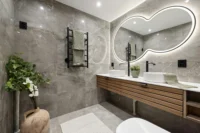
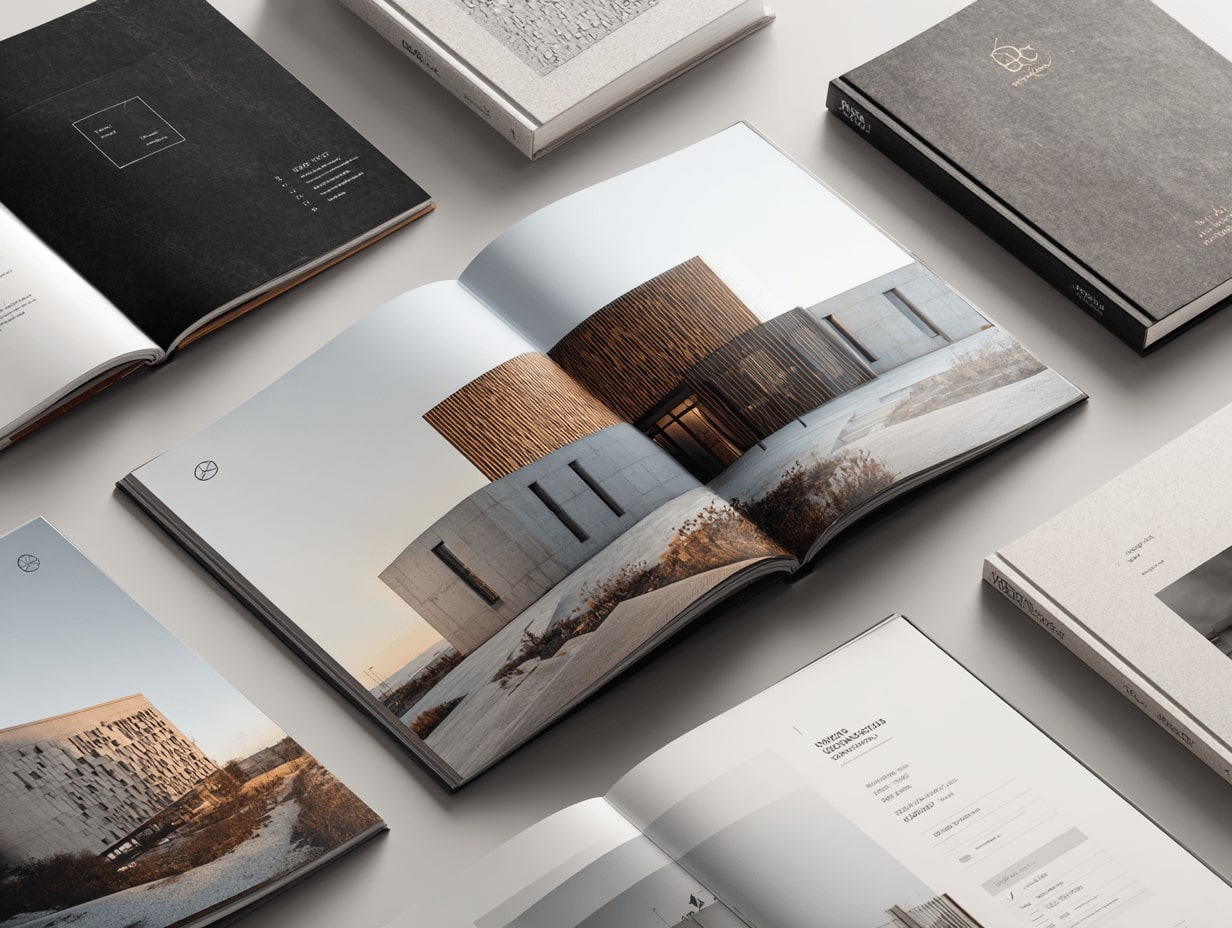
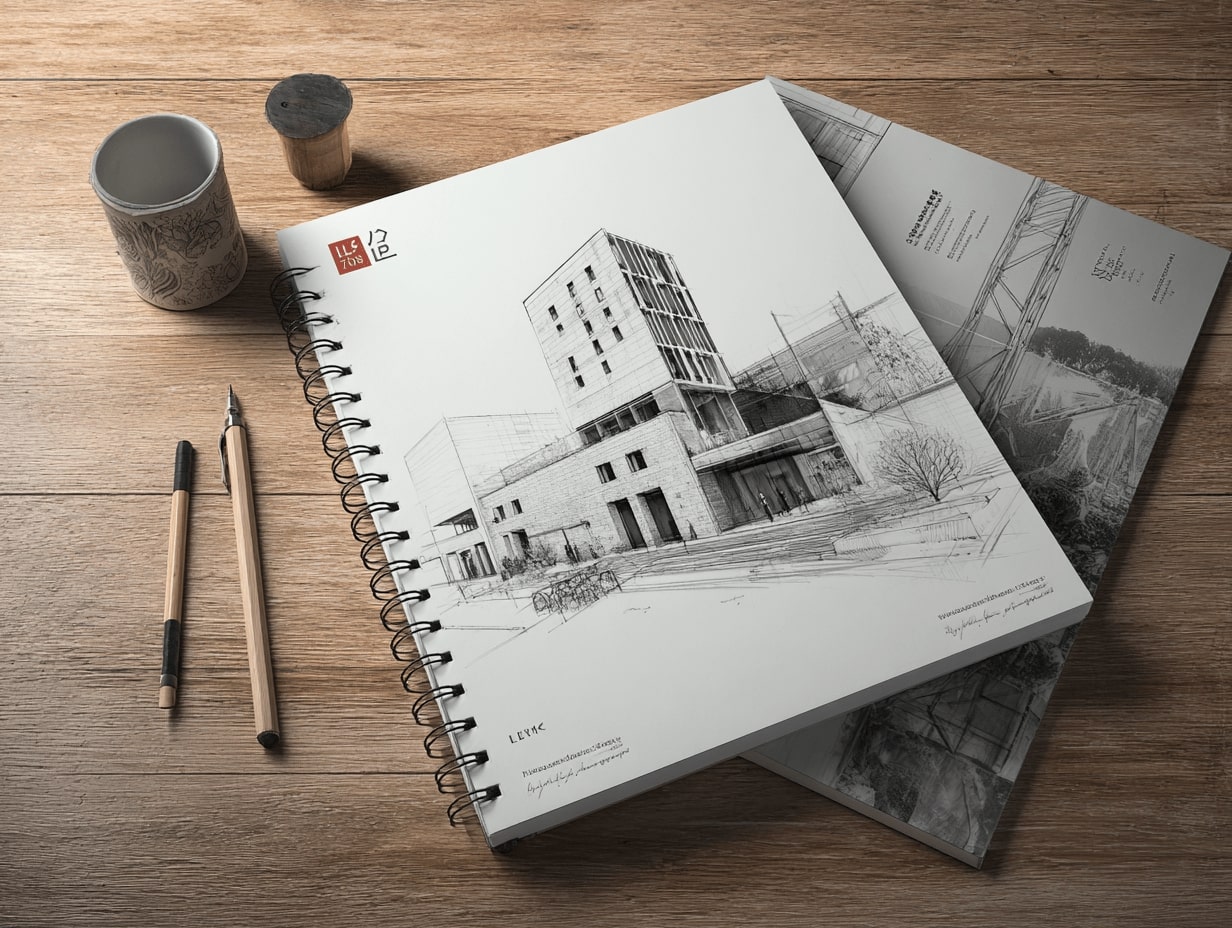
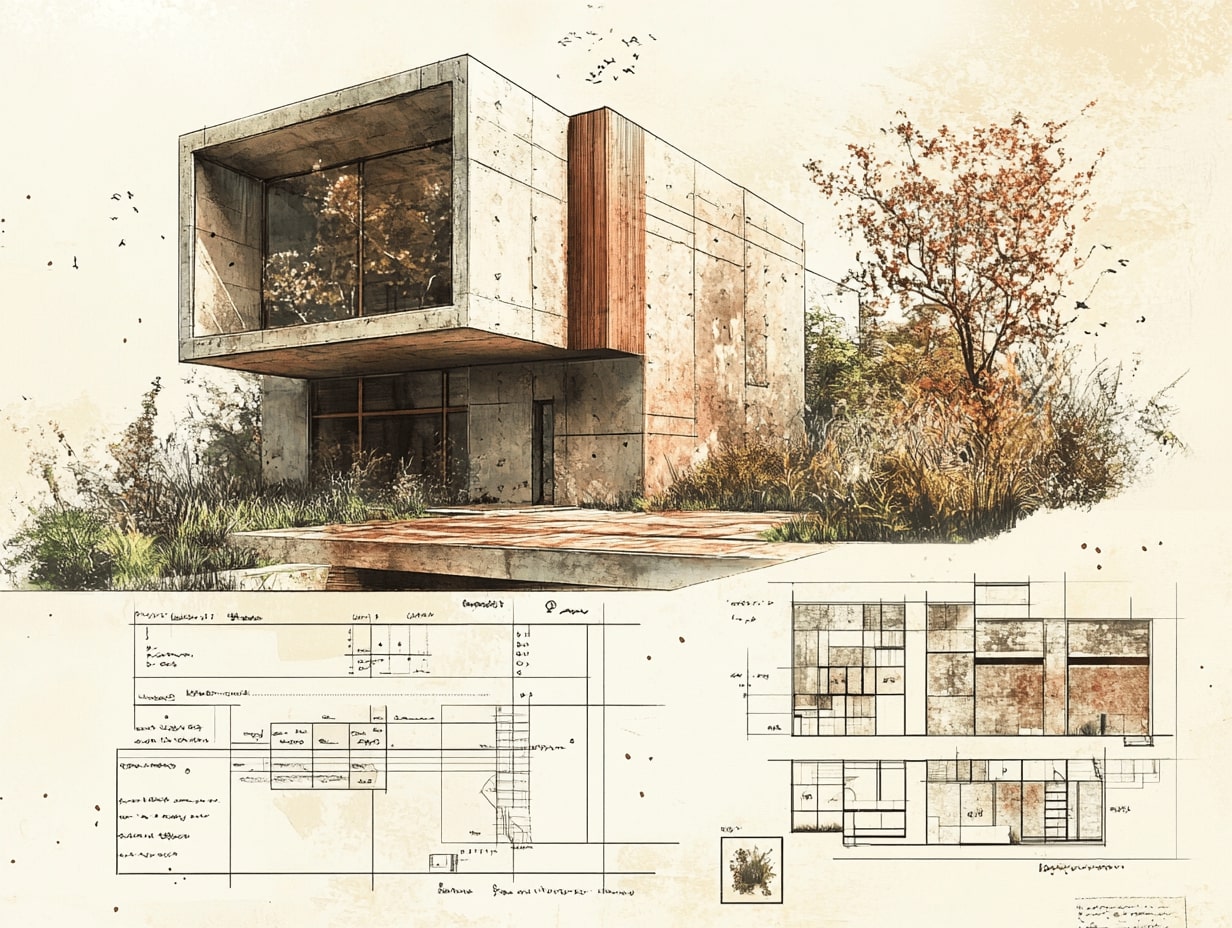

Leave a comment